Punk and her godmothers
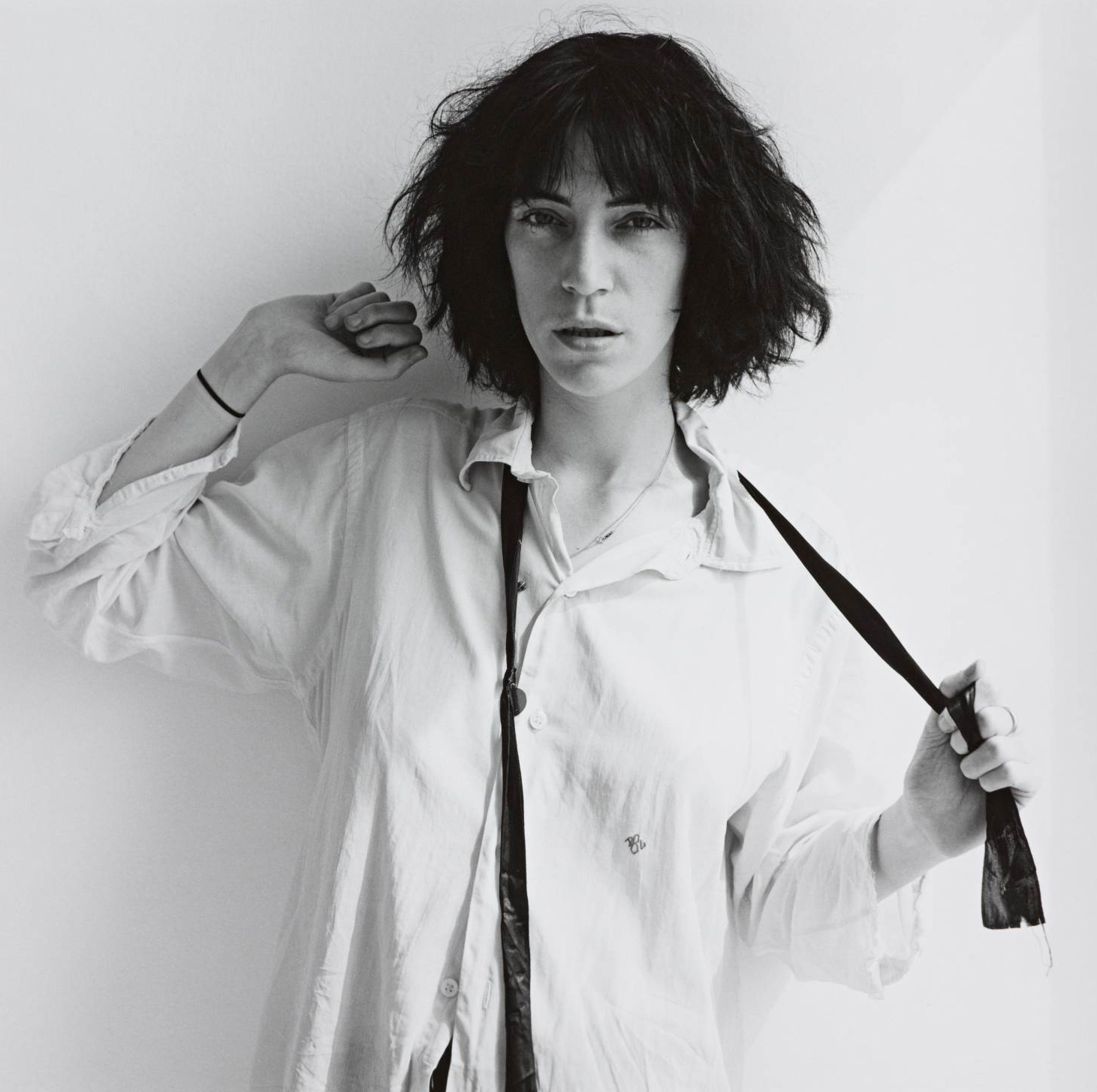
It might look dreary and dull on the outside, but deep in the heart of winter is rebellion. Here in northern Europe the cold weather and dark afternoons can play a trick on the brain. All the layers of clothing feel heavy and soporific. The earth is stiff and still. Gritty. Difficult. Dead. And yet. The moss is so bright, it’s almost luminous, a glowing lime green carpet glittering under a dusting of snow. The low sun can be so dazzling and golden. The little birds are busy around the feeder. Something is arriving, in this slow, stillness. It’s adapting, cycling.
All this ice and leaflessness in winter winds up a coil, so that by spring we’re just about ready to burst to life like hatchlings from our Gore Tex-coated eggshells. “Wintering”, it’s called. Repairing and resting and building up our energy. So I’m letting everything winter, letting it rot and freeze and make food something coming later.
So this month: food for future anarchy – punk, and her godmothers.
Punk is just another word for freedom
Patti Smith
In Women Who Run with the Wolves, Clarissa Pinkola Estes talks about descansos, places in life where there was a choice between two or more options. The descansos is a way to honour and let go of the many threads you did not follow in this life. We will never know how those lives might have looked or how the world might have seemed different.
For a young Vivienne Swire, what might have happened if she hadn’t dropped out of her design course at Harrow Art School? Maybe she wouldn’t have married Derek Westwood and become a primary school teacher and mother. But perhaps, too, she wouldn’t have then met her next husband, Malcolm McLaren – the owner of a shop on King’s Road called Let It Rock. And then it’s possible she may never have left her job as a teacher to work on designs for the shop, or had a hand in changing the shop’s name multiple times before settling on the pithy epithet “Sex”, and thus inspiring the shop’s own employees and associates to form a band as a kind of marketing campaign. That band, as you probably know, was the Sex Pistols. How might punk might have looked if Vivienne Westwood had chosen other threads and led a different life? Westwood is largely credited with creating the punk aesthetic “Vivienne invented punk”, people say. But how true is that, really?

Punk was a youth movement against the economic depression of the 70s, a rallying cry against an oppressive landscape of prim and polite society. At the core of the punk movement was that eternal teenage currency: shock. McLaren spent some time managing the New York Dolls in America, and was exposed to the shift from polished, fur-clad celebrity rock stars to raw, rough-edged performances in provocative, home-made clothes.
In a burst of vibrant activity, the Sex Pistols, clad in clothes from Sex, sent the music scene into a flurry, became instant legend, and true to rock and roll fable, imploded in a violent, premature demise a couple of years later.
“It was just a fashion and a marketing opportunity,” Westwood said in a recent interview. “[The punk aesthetic] has entered into the iconography of what it looks like to be a rebel. But the whole 20th century was a mistake. [We thought:] we’re rebels, we’re against stuff, break everything from the past. But it was throwing the baby out with the bathwater.”
Later in her career, as her label grew in popularity, Westwood became focused on a new dichotomy: how to exist in a notoriously pollutive industry without contributing to the pollution.
In her book, Bohemians: The Glamorous Outcasts, Elizabeth Wilson says: “Punk was trash culture gone avant-garde and/or the avant-garde gone trash, and just as Dada had tried to destroy the institution of art, so the punks seemed bent on destroying the very institution of fashion.”
Westwood’s solution was punk, by Wilson’s standards: dismantle consumerism, discourage fashions and fads, look elsewhere. “Keep wearing things that you’ve chosen and really love,” she said. “That is status. And it’s not that you have to just keep consuming. A status symbol is a book. A very easy book to read is Catcher in the Rye. Walk around with that under your arm, kids – that’s status.”
Vivienne Westwood passed away aged 81 on 30th December 2022.
In another country, about a decade later, a young woman realised she was pregnant and dropped out of her college course to become a teacher. Patti Smith was 21 when she put the baby up for adoption and moved to Manhattan. “I would’ve had to get a job in a factory [if I’d kept the child]… it would have been difficult for my whole family,” Smith said about the choice.
When she arrived at the house her friends shared in the city, a stranger answered the door and told her they didn’t live there anymore. He invited her in anyway, and there, asleep on the sofa in the sitting room, was Robert Mapplethorpe.
Smith and Mapplethorpe would go on to have a consuming romantic and artistic relationship that navigated the uneven terrains of poverty, sexuality, literature, music and photography. They ended up living together in the notorious Hotel Chelsea – a bohemian hotspot that was residence to an exhaustive list of artists including Mark Twain, Dylan Thomas, Arthur Miller, Jack Kerouac, Bob Dylan, Joni Mitchell, Jimi Hendrix, and later in the 70s, would be the scene of the murder of the Sex Pistols’ Sid Vicious’ girlfriend Nancy Spungen.
In Smith’s book, Just Kids, which explores her relationship with Mapplethorpe, she said:
“We used to laugh at our small selves, saying that I was a bad girl trying to be good and that he was a good boy trying to be bad. Through the years these roles would reverse, then reverse again, until we came to accept our dual natures. We contained opposing principles, light and dark.”
Smith is sometimes called the “poet laureate of punk”, and in her interviews and books it’s clear that music is, for her, a vessel to send her poems out into the world. Of her first album, Horses, released in 1975, she said: “it took me on a different path.” She’d anticipated Horses to be an experiment in musical poetry, and expected to go back to written and spoken poetry. But Horses received critical acclaim on release, and over the years, has become widely accepted as one of the greatest records of all time.
“I’m not a musician. You know, I didn’t play any instrument … I didn’t have any specific talents. I mean, I came from the South Jersey-Philadelphia area. In the early ’60s, everybody sang. They sang on street corners, three-part harmonies, a cappella. Most of my friends were better singers than me. There was nothing in what I did that would give a sense that I should be in a rock and roll band. Also: girls weren’t in rock and roll bands.”
Yet Horses is real and vibrant and alive. Smith – untrained and unbound by convention – shifts amorphously between genders, voices, accents, tempos and pitches. She throws everything at you at once. You take the scenic route and the motorway at the same time. It’s youthful and naive and unselfconscious – and simultaneously manages to carry itself with mature self-assurance and experience. The opening track, Gloria: In Excelsis Deo, is a weird, wandering interpolation of a cover of Van Morrison’s Gloria, stretched to accommodate her own lyrics too. People often think of Patti Smith as a poet first, singer second, but it’s quite clear on Horses that part of her poetry lies in performance – a chaotic whirlwind and concentrated conviction.
Patti Smith’s latest book, A Book of Days was released in November 2022.
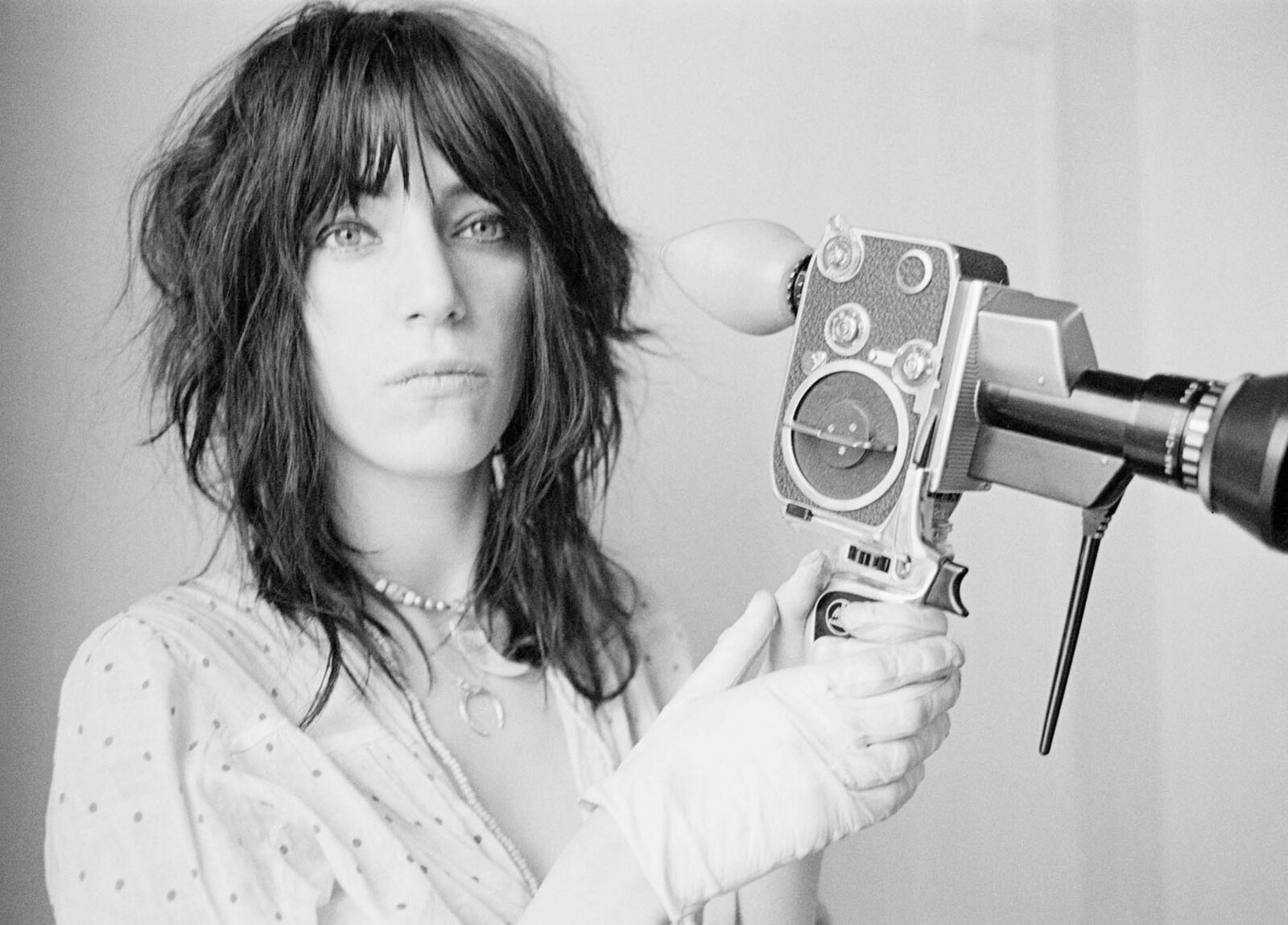
“That’s what winter is: an exercise in remembering how to still yourself, and then how to come pliantly back to life again. An exercise in adapting yourself to whatever frozen or molten state it brings you.”
Ali Smith (Winter)
Until next month…
May you be well, happy, whole, and free.
T & B
~~~~~~
Invite your friends to subscribe!
![]() Unlikely meeting points & unlikely collaborations 🌗
Unlikely meeting points & unlikely collaborations 🌗![]() Sit in the middle of things 🧘♀️🪻
Sit in the middle of things 🧘♀️🪻![]() 5 things I learned at a Buddhist monastery
5 things I learned at a Buddhist monastery![]() 6 good things to do
6 good things to do![]() Extraordinary ordinariness: space orbits and sleeping dogs
Extraordinary ordinariness: space orbits and sleeping dogs![]() The ebb and flow of things
The ebb and flow of things![]() A short breath in the bardo
A short breath in the bardo![]() A slender cord of grace
A slender cord of grace![]() Artists reflect on water
Artists reflect on water![]() A love letter to a loaded gun
A love letter to a loaded gun![]() Are you for real?
Are you for real?![]() What is a good life?
What is a good life?![]() Who decides what you think?
Who decides what you think?![]() When new year should be according to history...
When new year should be according to history...![]() Does Mozart really make you smarter?
Does Mozart really make you smarter?![]() Old stories to find light in dark times
Old stories to find light in dark times![]() The human need to put things together
The human need to put things together![]() The power of trends: the good, the bad and the pumpkin-spiced.
The power of trends: the good, the bad and the pumpkin-spiced.![]() From terrestrial to celestial – where do we find inspiration?
From terrestrial to celestial – where do we find inspiration?![]() The illusion of ownership
The illusion of ownership![]() Let’s go down the rabbit hole 🐇
Let’s go down the rabbit hole 🐇![]() Identity, the artist, and #goblinmode
Identity, the artist, and #goblinmode![]() Punk and her godmothers
Punk and her godmothers![]() The ultimate journey – homecoming, heroes and wholeness.
The ultimate journey – homecoming, heroes and wholeness.![]() It’s mushroom month...
It’s mushroom month...![]() Robots, AI and artistry, oh my!
Robots, AI and artistry, oh my!![]() Longevity, love and memory...
Longevity, love and memory...![]() Summer, Freud and a sonnet...
Summer, Freud and a sonnet...![]() When surreal makes sense – exploring with Dorothea Tanning, Olga Tokaczuk and more...
When surreal makes sense – exploring with Dorothea Tanning, Olga Tokaczuk and more...![]() Twists and turns with Mary Oliver, Alan Watts and Astrid Lindgren...
Twists and turns with Mary Oliver, Alan Watts and Astrid Lindgren...![]() First flowers of spring: the need for beauty and hope at all times
First flowers of spring: the need for beauty and hope at all times![]() Defining reality, playing with illusion with Robert Frost, Hilma Af Kilnt and more...
Defining reality, playing with illusion with Robert Frost, Hilma Af Kilnt and more...![]() Celebrating the cycles of light and dark with Joan Didion, Danez Smith and more...
Celebrating the cycles of light and dark with Joan Didion, Danez Smith and more...
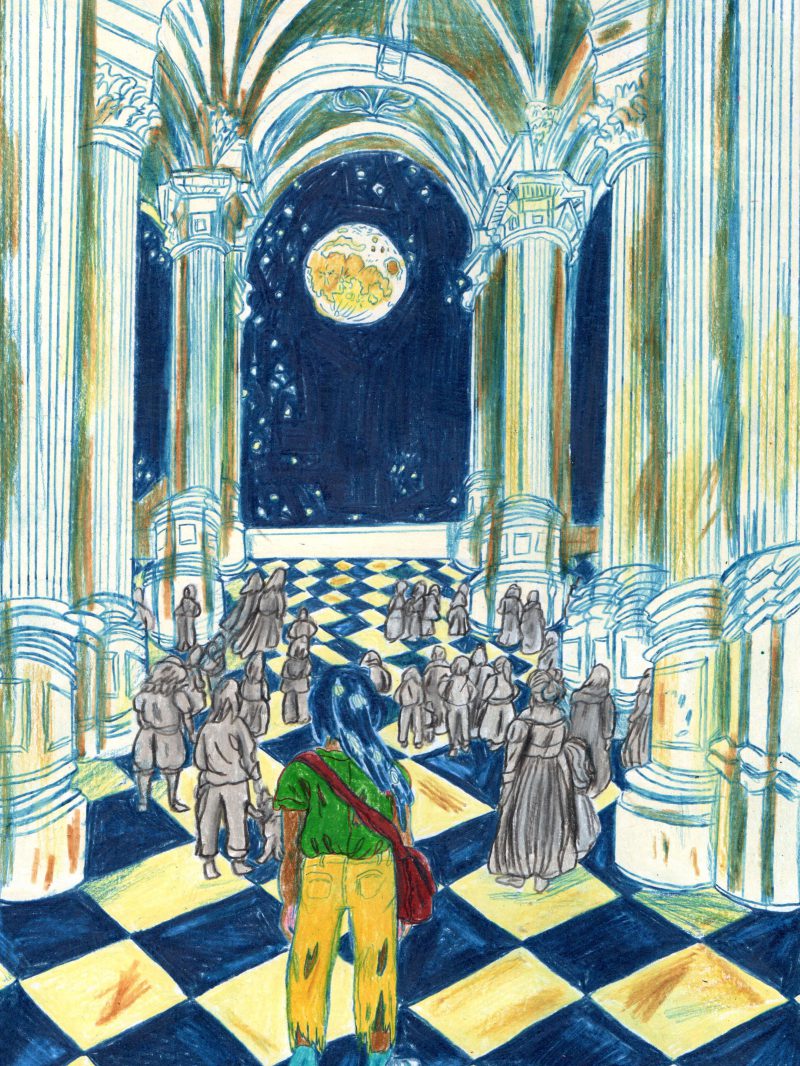 Unlikely meeting points & unlikely collaborations 🌗
Unlikely meeting points & unlikely collaborations 🌗 Sit in the middle of things 🧘♀️🪻
Sit in the middle of things 🧘♀️🪻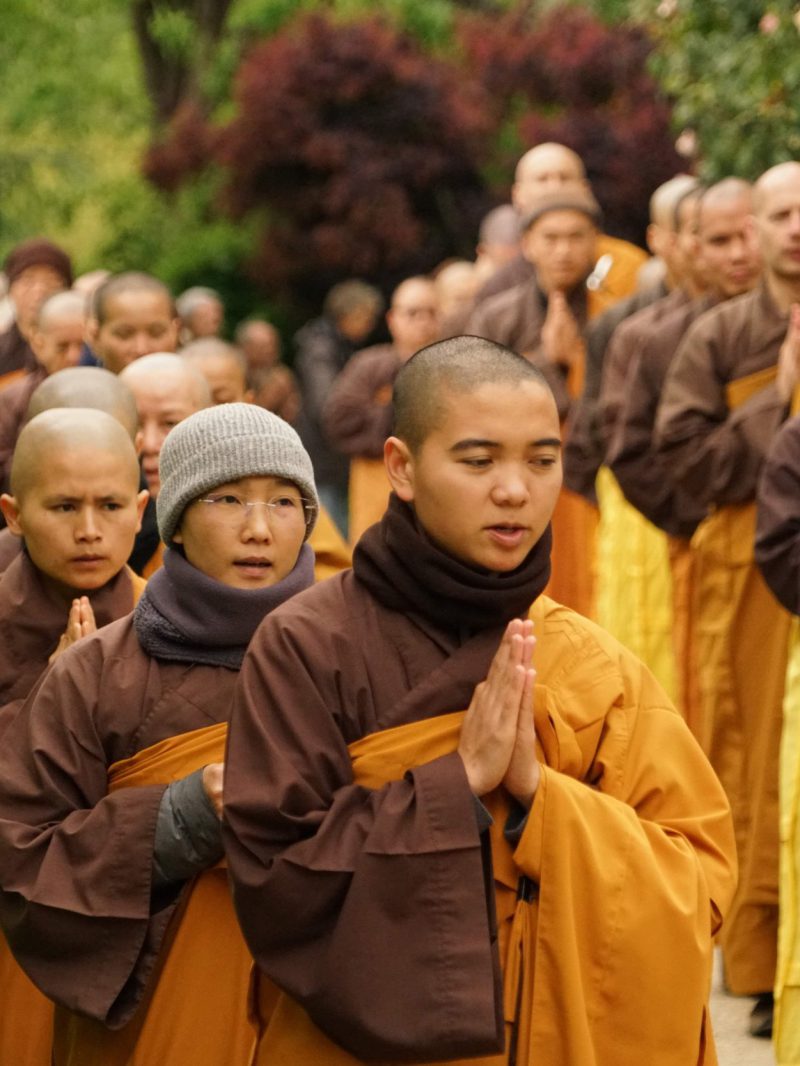 5 things I learned at a Buddhist monastery
5 things I learned at a Buddhist monastery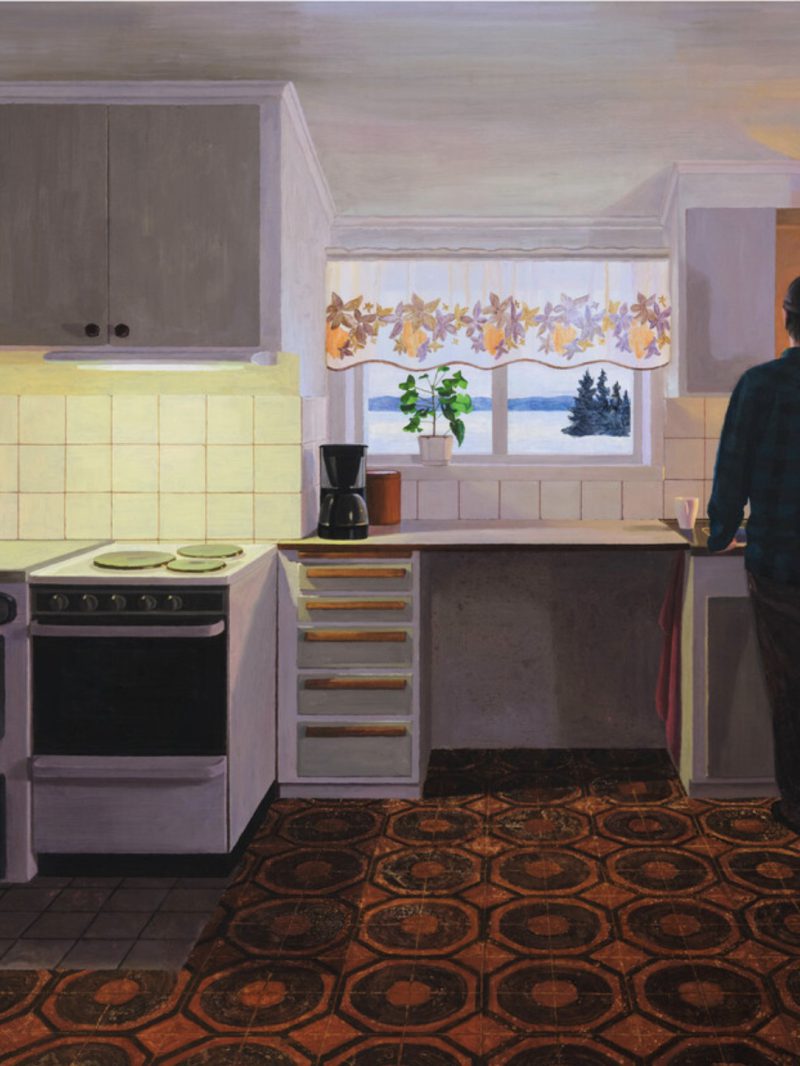 6 good things to do
6 good things to do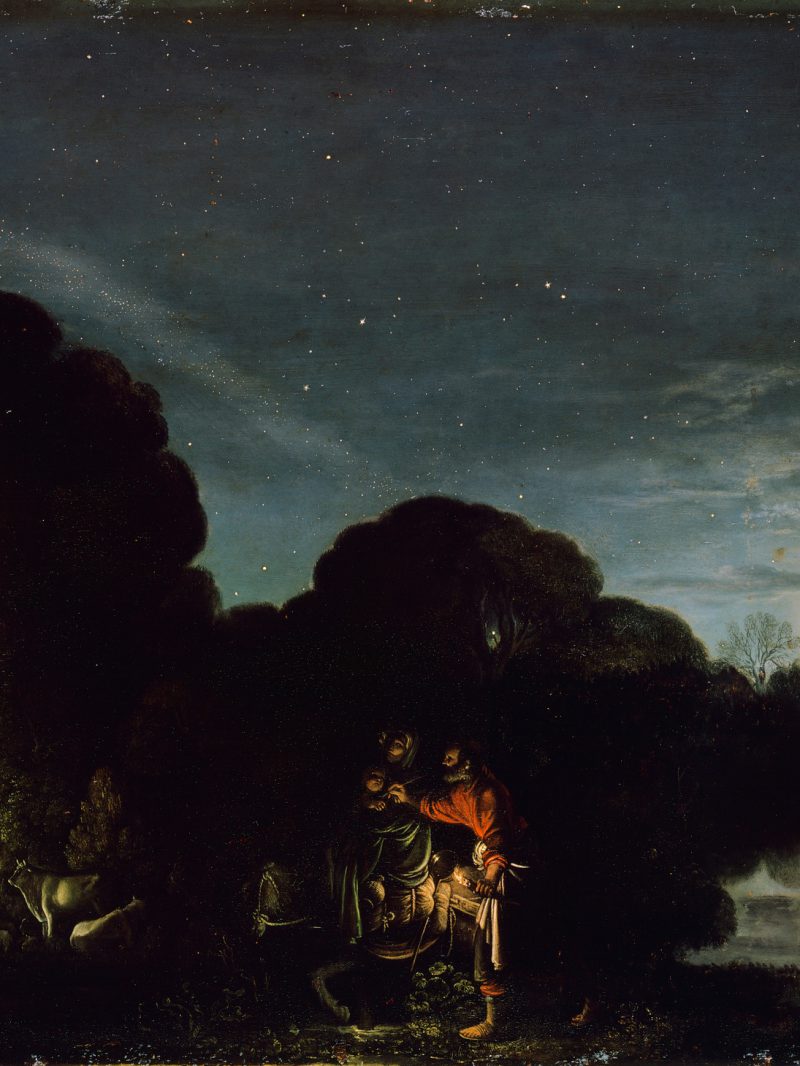 Extraordinary ordinariness: space orbits and sleeping dogs
Extraordinary ordinariness: space orbits and sleeping dogs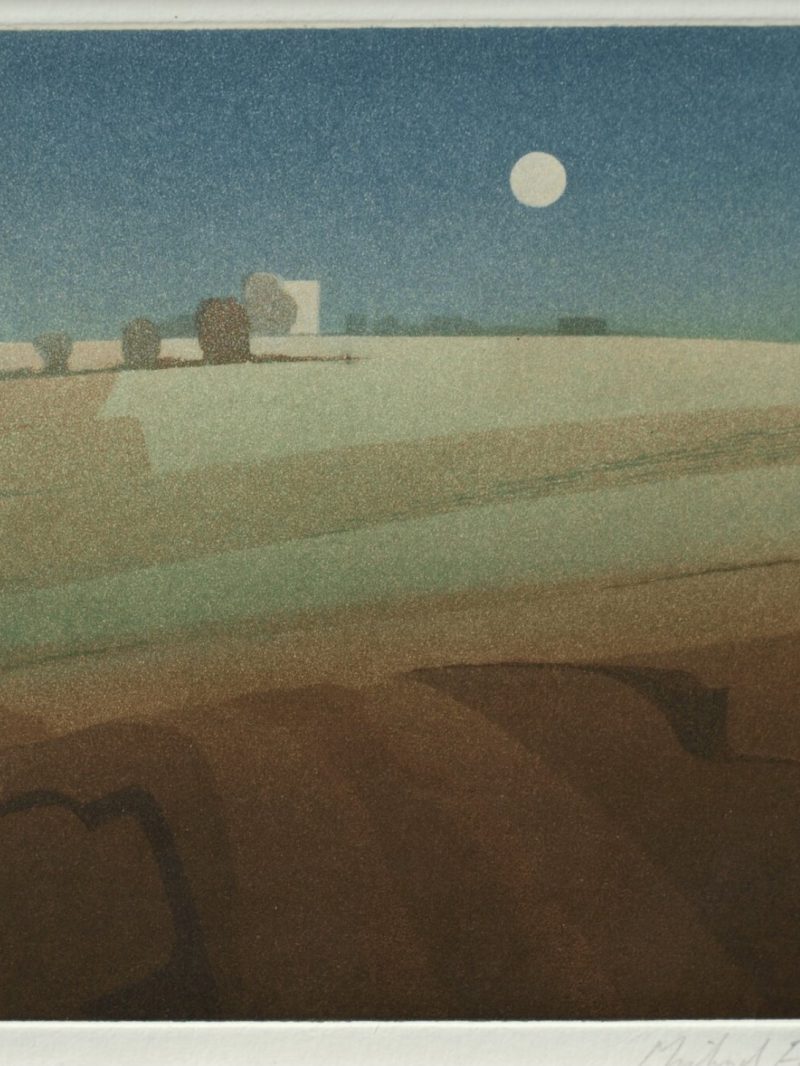 The ebb and flow of things
The ebb and flow of things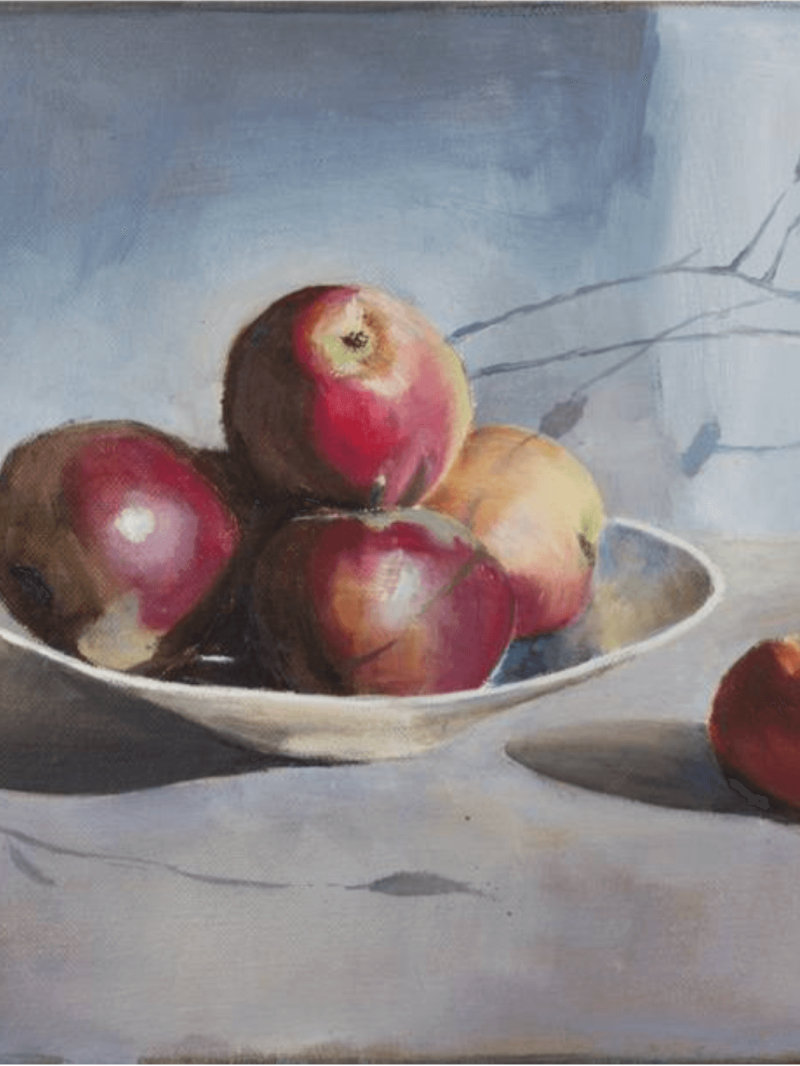 A short breath in the bardo
A short breath in the bardo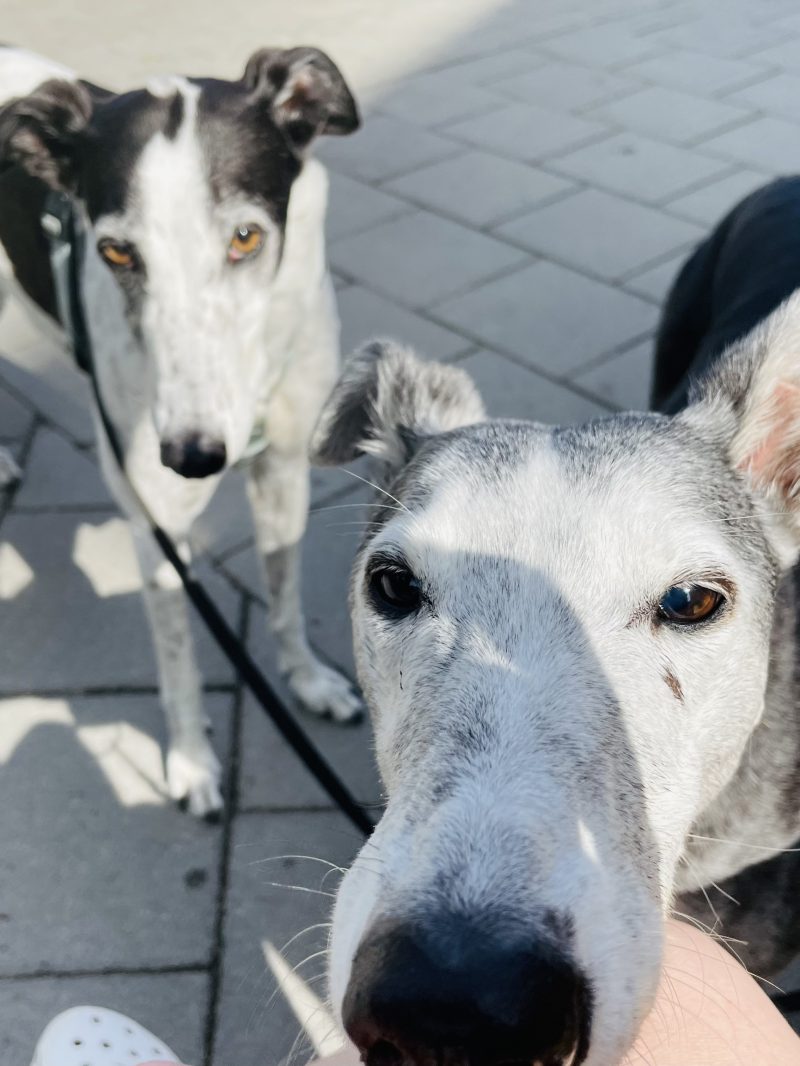 A slender cord of grace
A slender cord of grace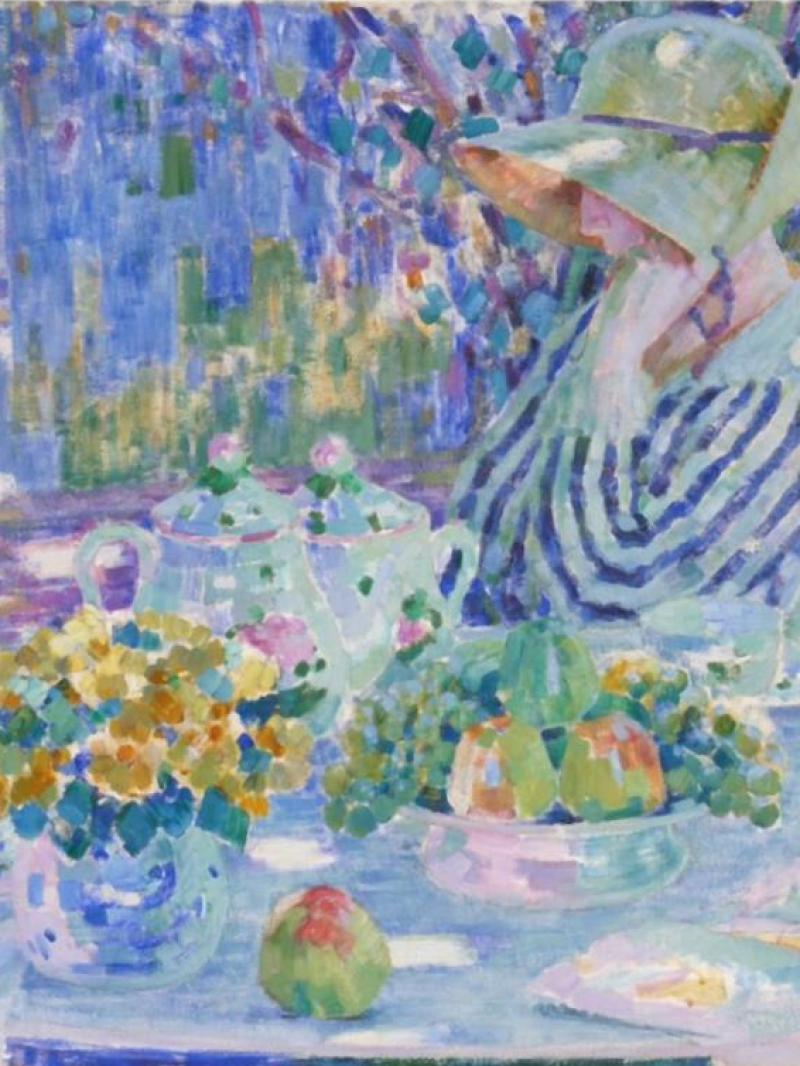 Artists reflect on water
Artists reflect on water A love letter to a loaded gun
A love letter to a loaded gun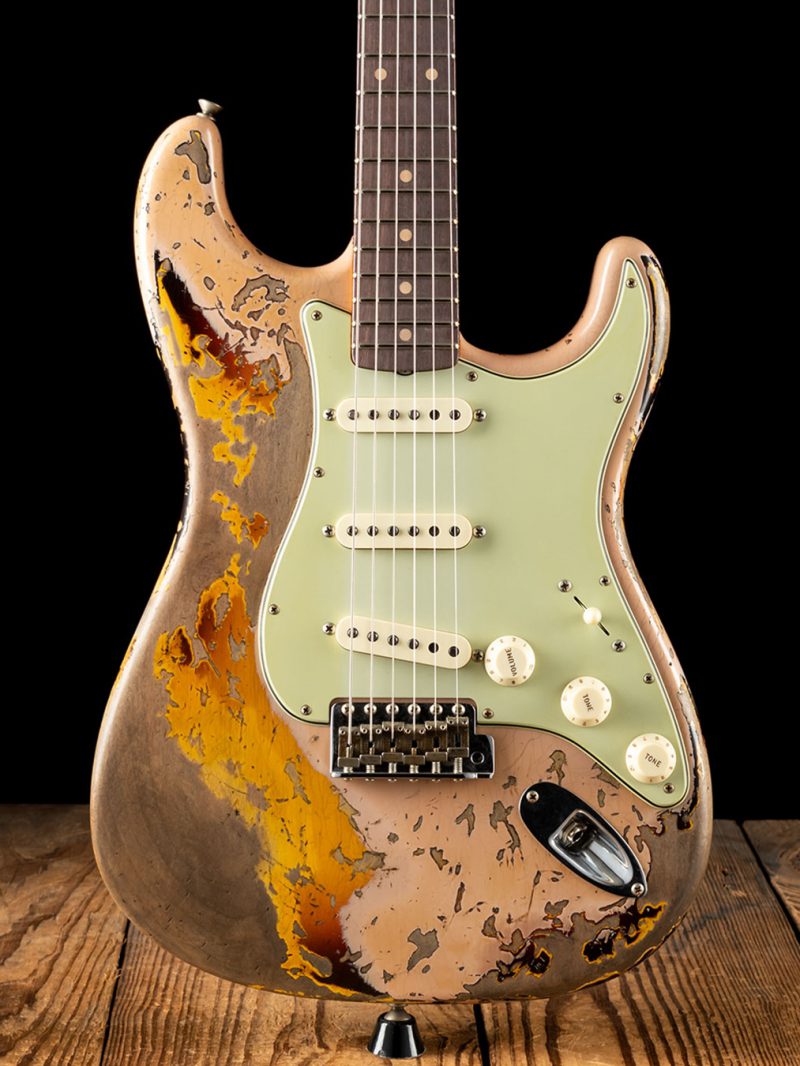 Are you for real?
Are you for real?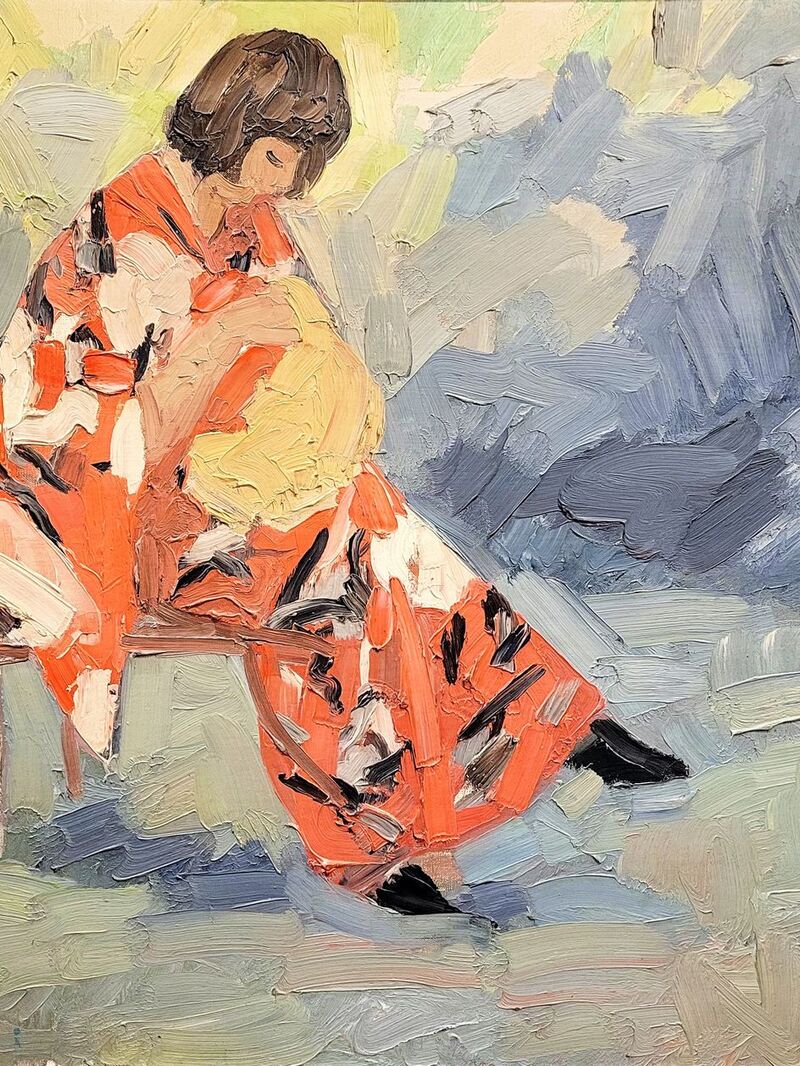 What is a good life?
What is a good life?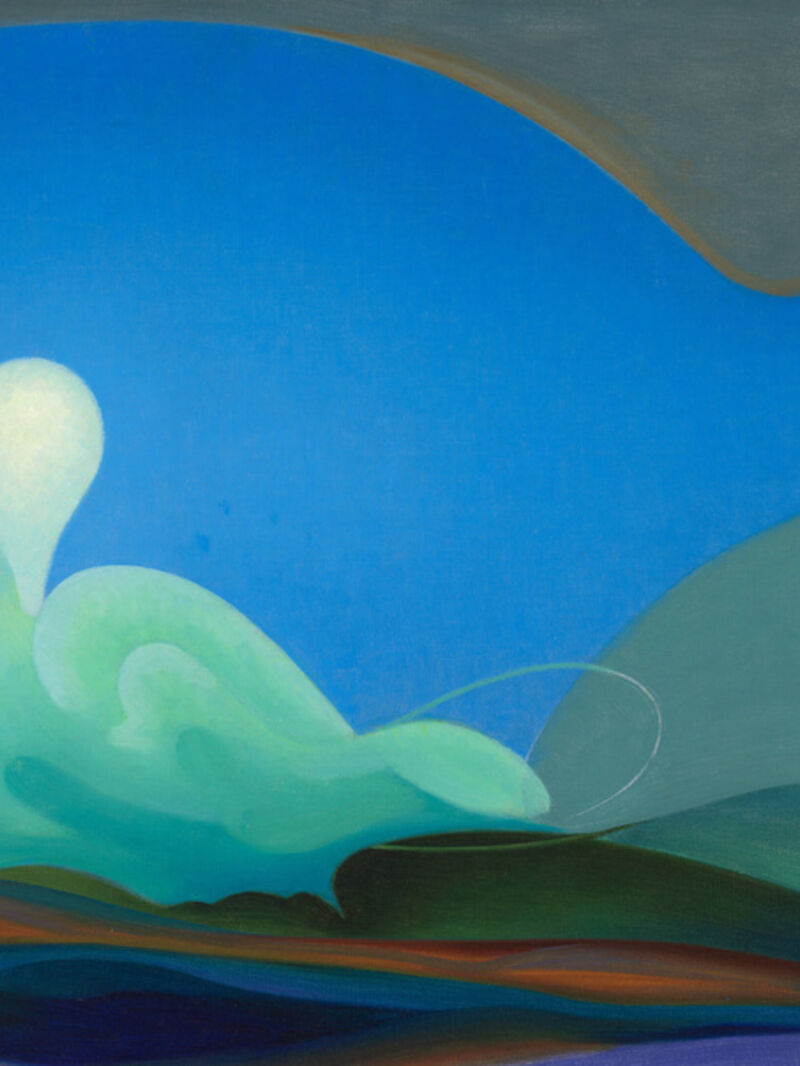 Who decides what you think?
Who decides what you think?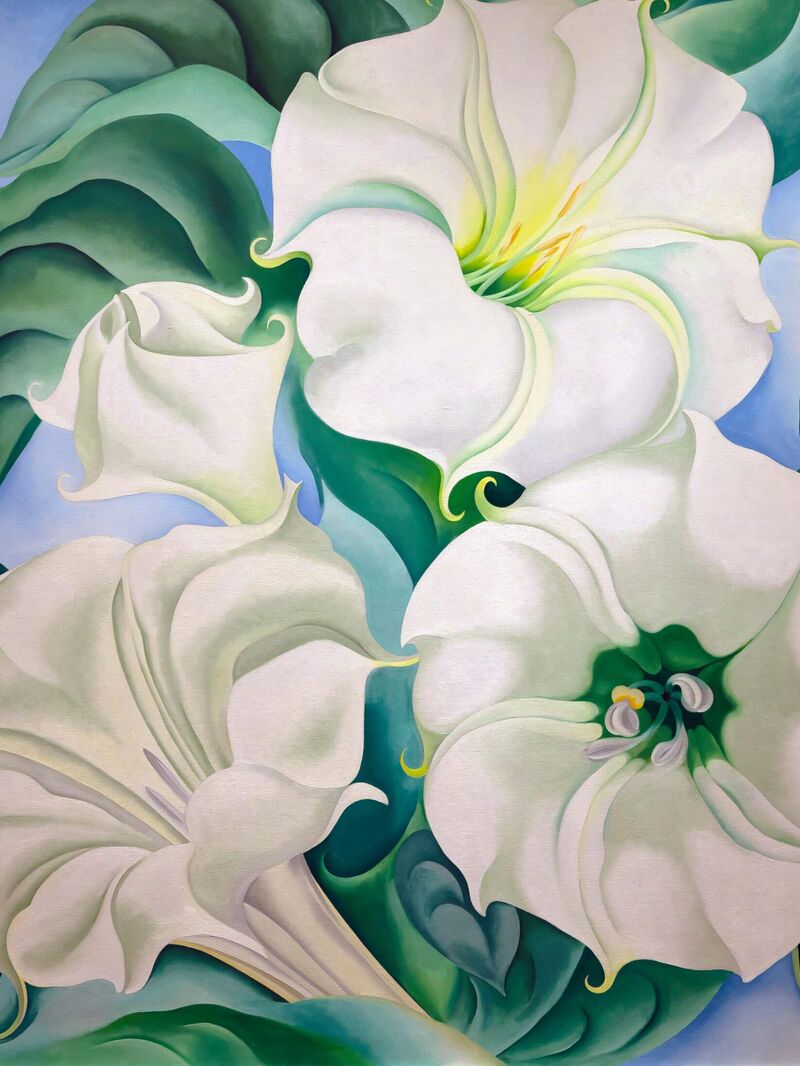 When new year should be according to history...
When new year should be according to history... Does Mozart really make you smarter?
Does Mozart really make you smarter?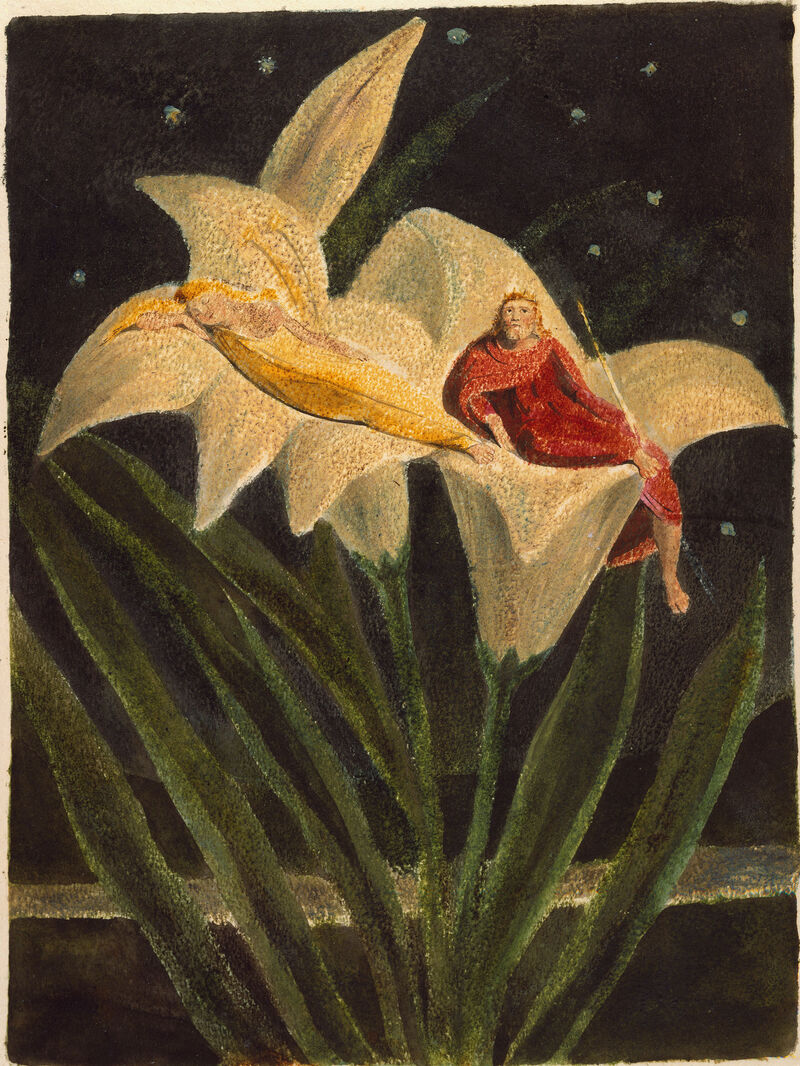 Old stories to find light in dark times
Old stories to find light in dark times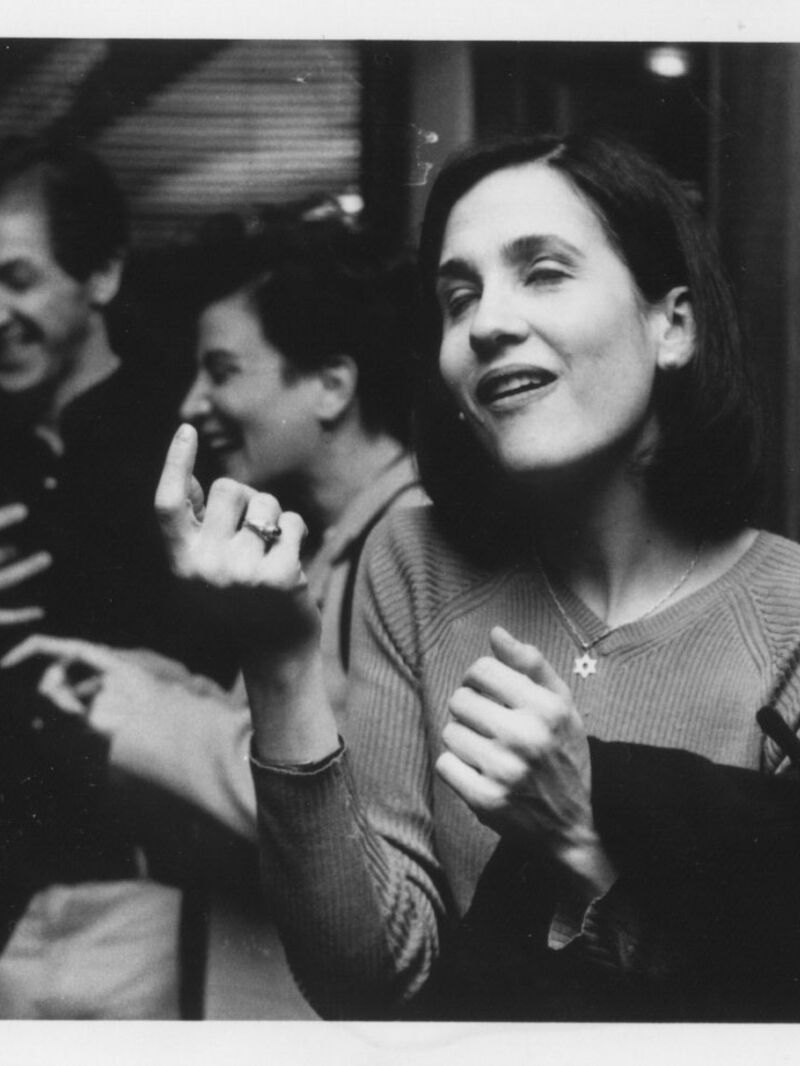 The human need to put things together
The human need to put things together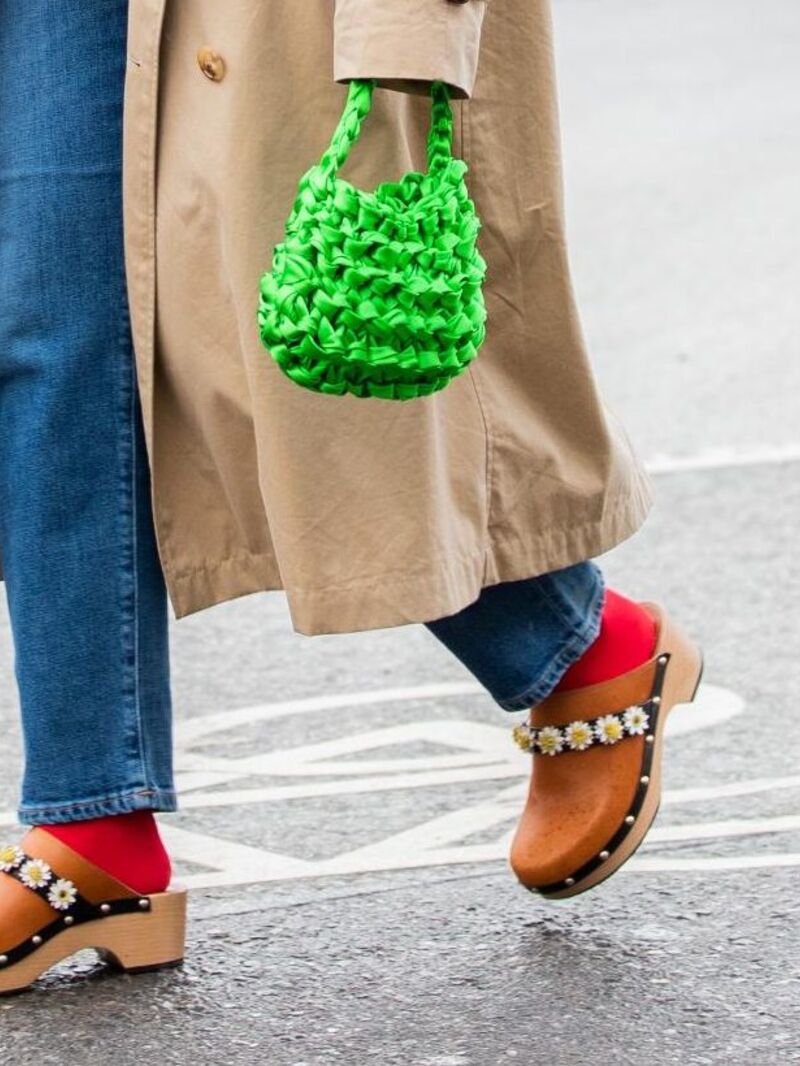 The power of trends: the good, the bad and the pumpkin-spiced.
The power of trends: the good, the bad and the pumpkin-spiced.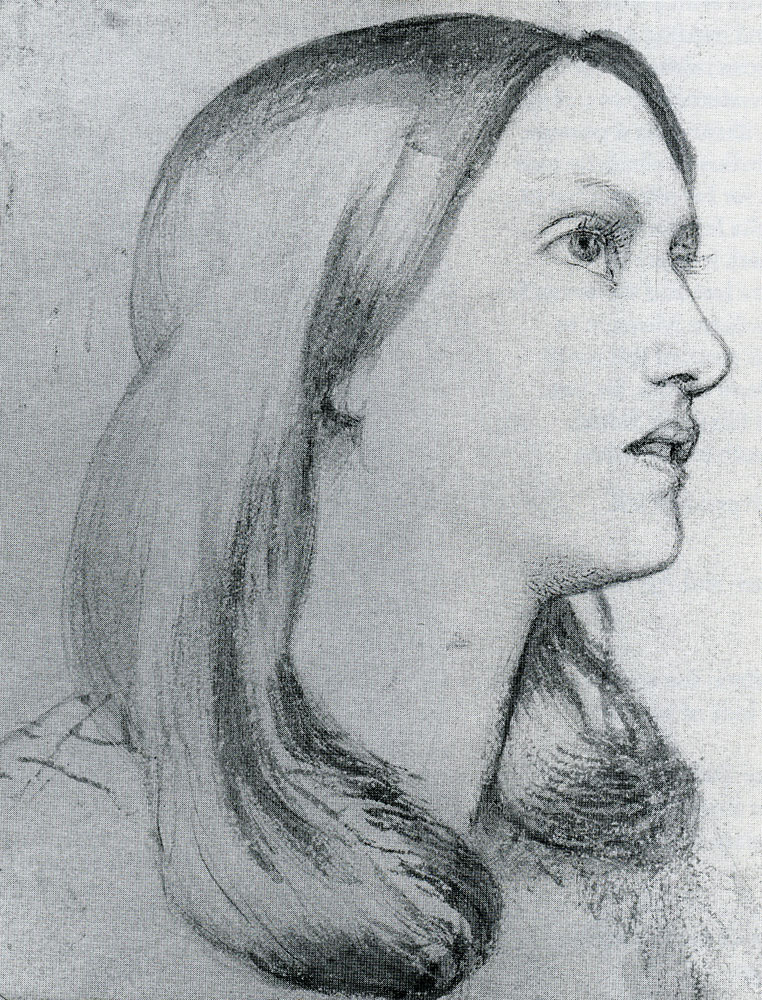 From terrestrial to celestial – where do we find inspiration?
From terrestrial to celestial – where do we find inspiration?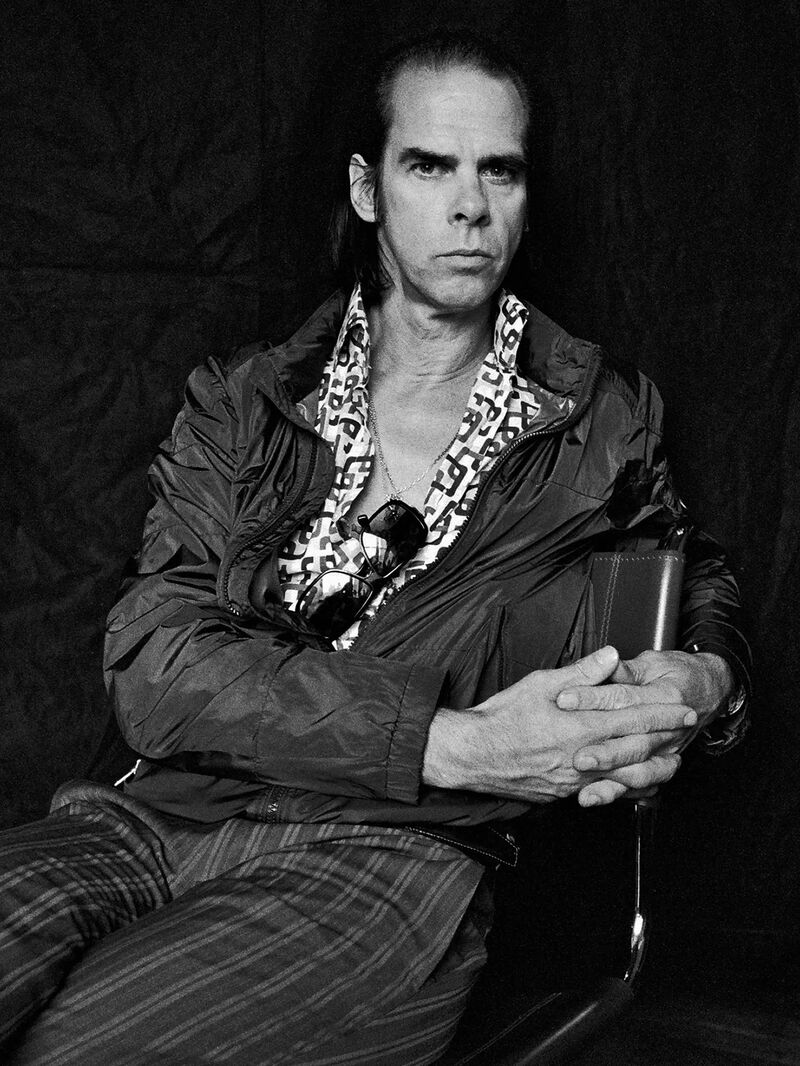 The illusion of ownership
The illusion of ownership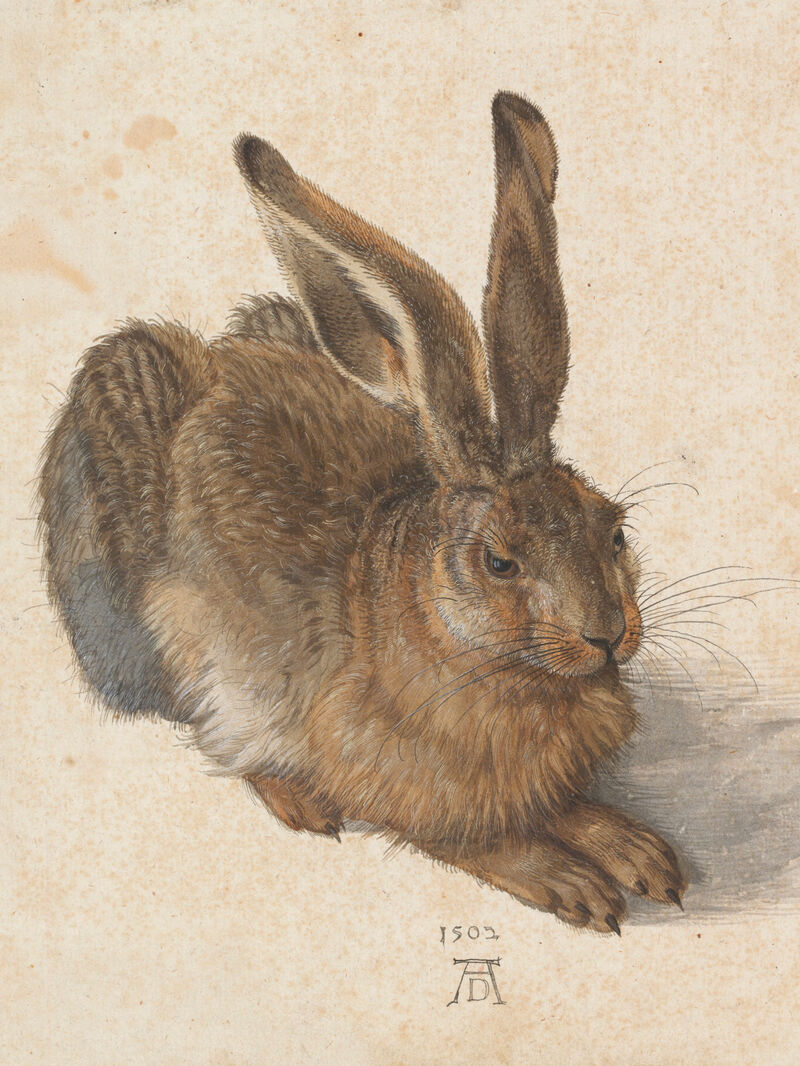 Let’s go down the rabbit hole 🐇
Let’s go down the rabbit hole 🐇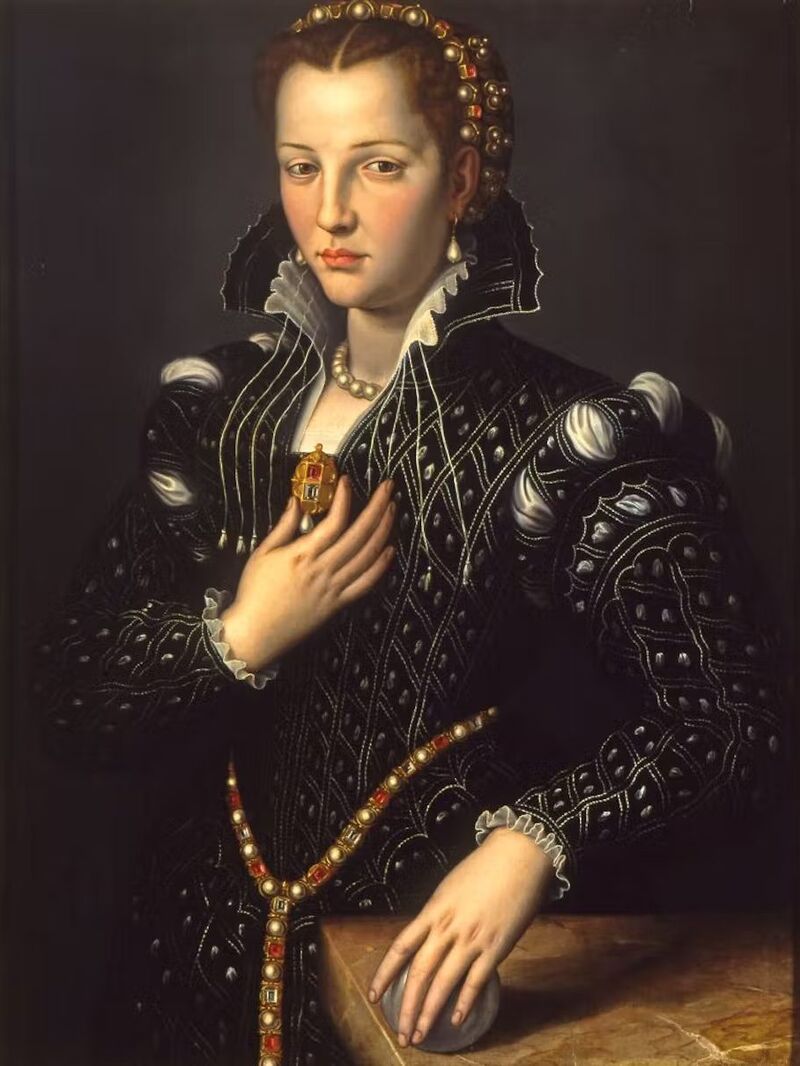 Identity, the artist, and #goblinmode
Identity, the artist, and #goblinmode Punk and her godmothers
Punk and her godmothers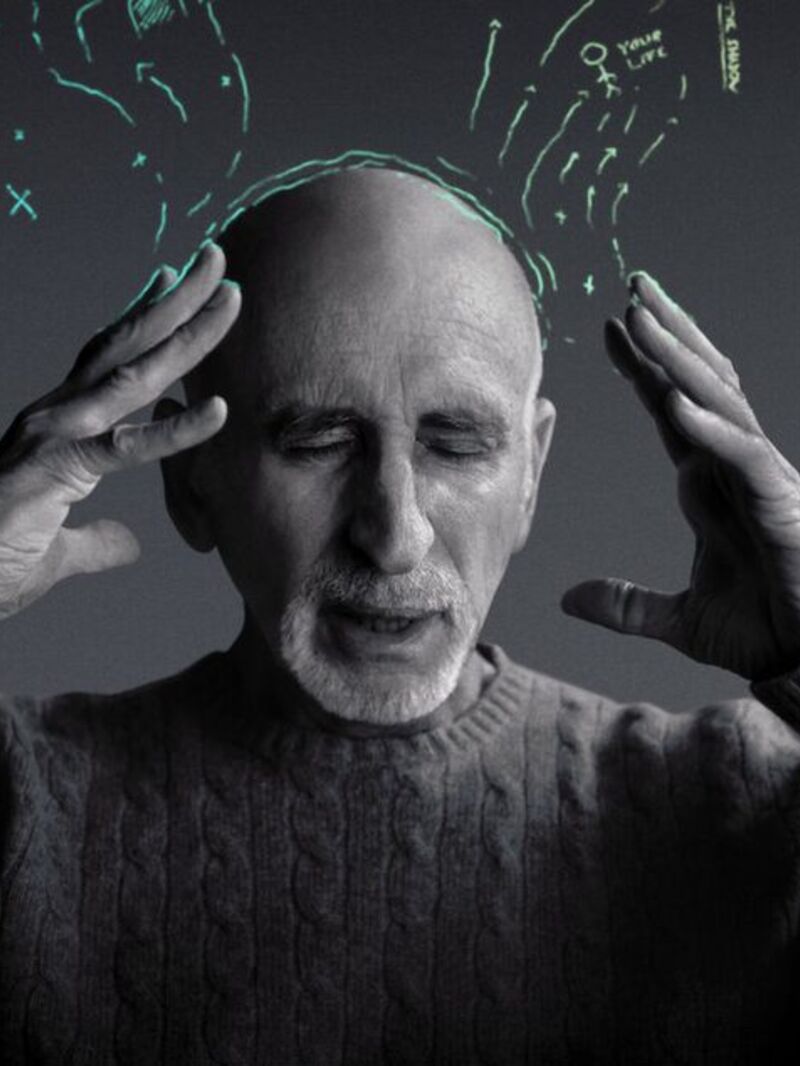 The ultimate journey – homecoming, heroes and wholeness.
The ultimate journey – homecoming, heroes and wholeness.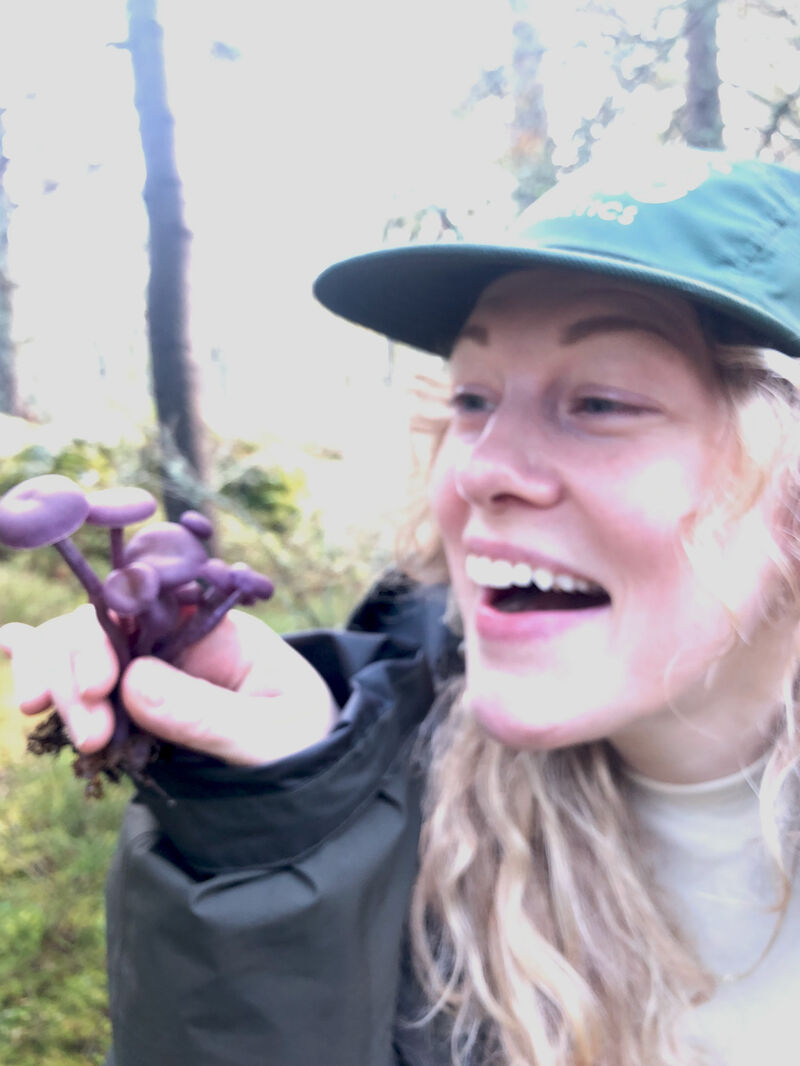 It’s mushroom month...
It’s mushroom month... Robots, AI and artistry, oh my!
Robots, AI and artistry, oh my!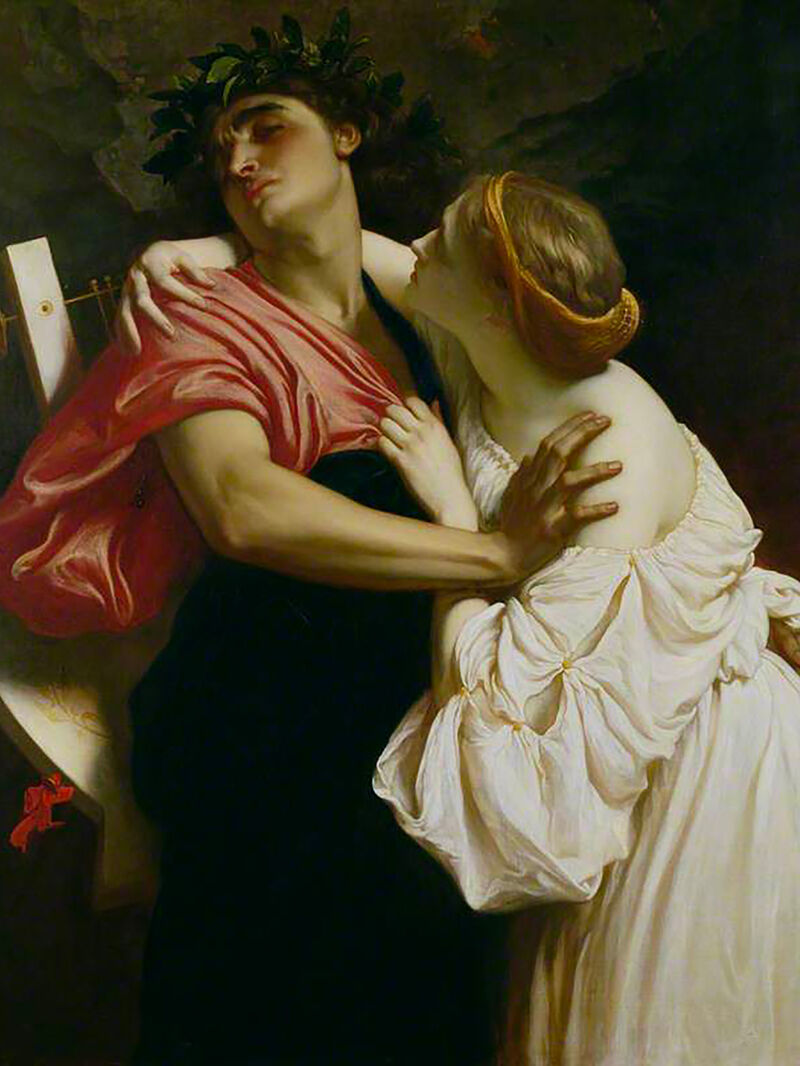 Longevity, love and memory...
Longevity, love and memory...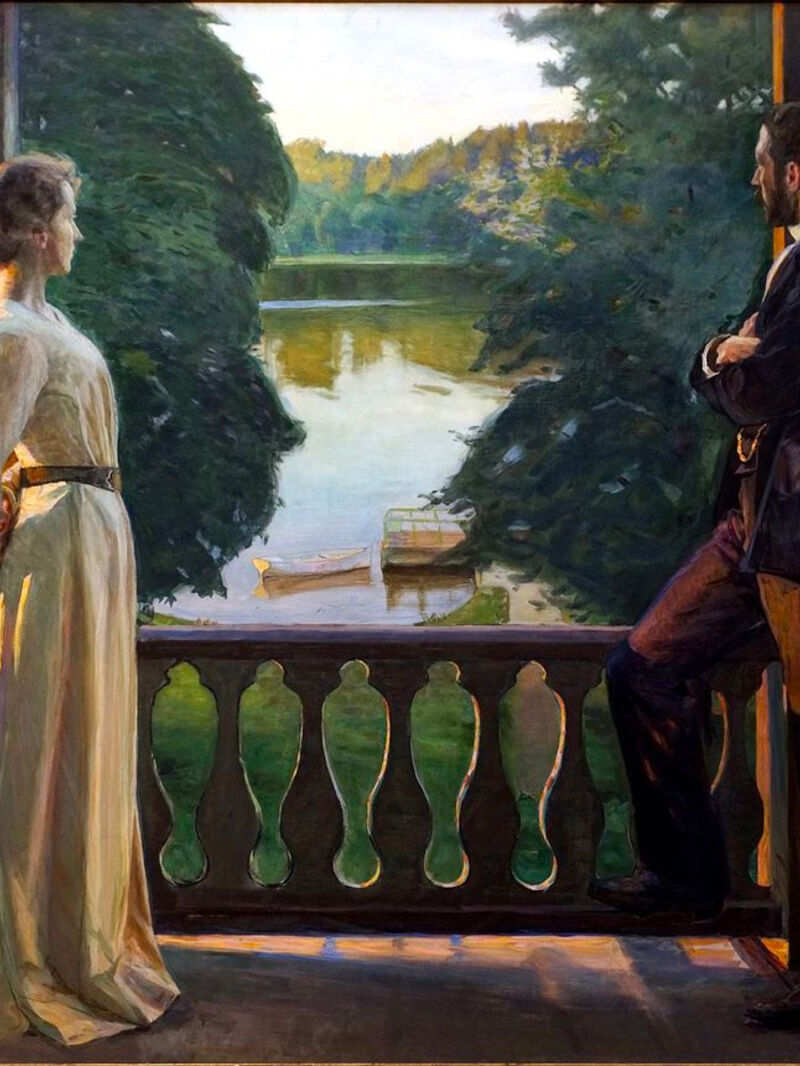 Summer, Freud and a sonnet...
Summer, Freud and a sonnet...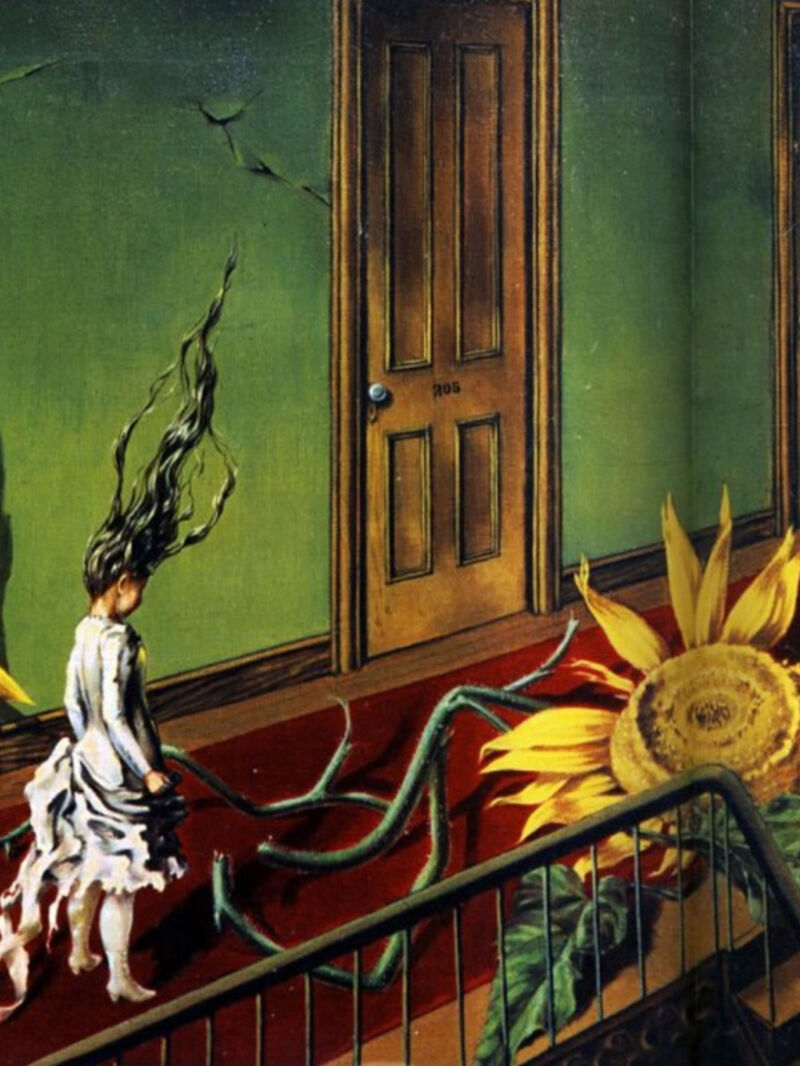 When surreal makes sense – exploring with Dorothea Tanning, Olga Tokaczuk and more...
When surreal makes sense – exploring with Dorothea Tanning, Olga Tokaczuk and more...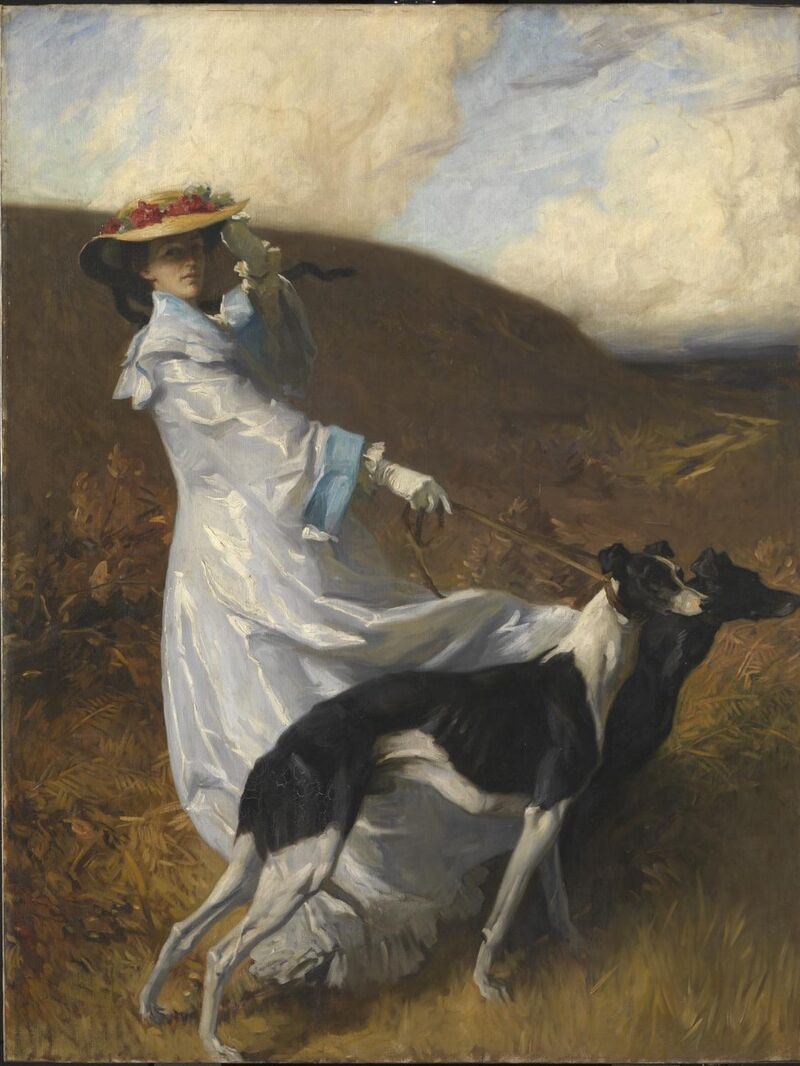 Twists and turns with Mary Oliver, Alan Watts and Astrid Lindgren...
Twists and turns with Mary Oliver, Alan Watts and Astrid Lindgren...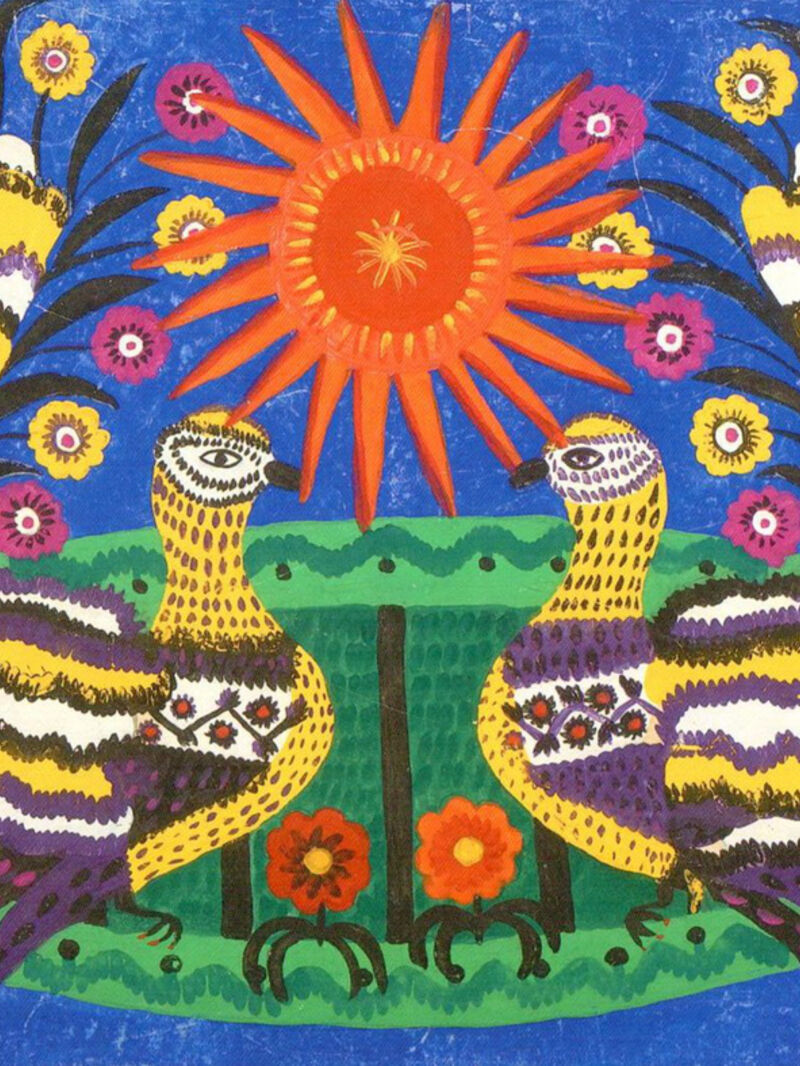 First flowers of spring: the need for beauty and hope at all times
First flowers of spring: the need for beauty and hope at all times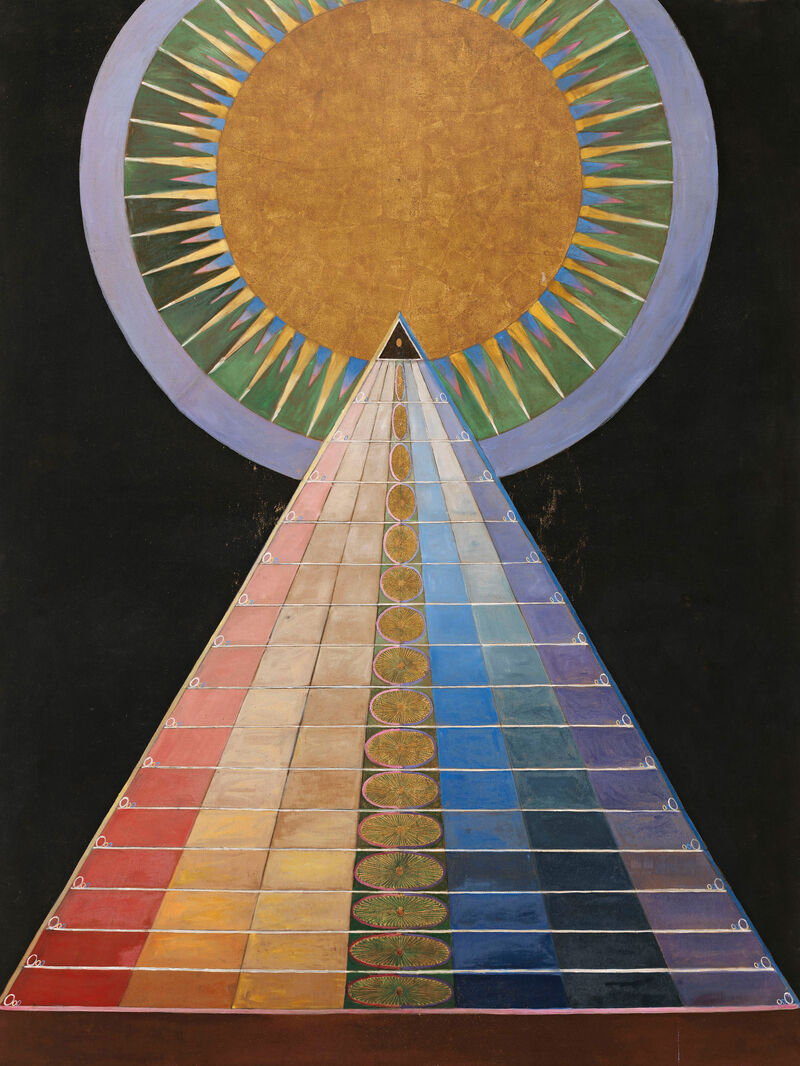 Defining reality, playing with illusion with Robert Frost, Hilma Af Kilnt and more...
Defining reality, playing with illusion with Robert Frost, Hilma Af Kilnt and more...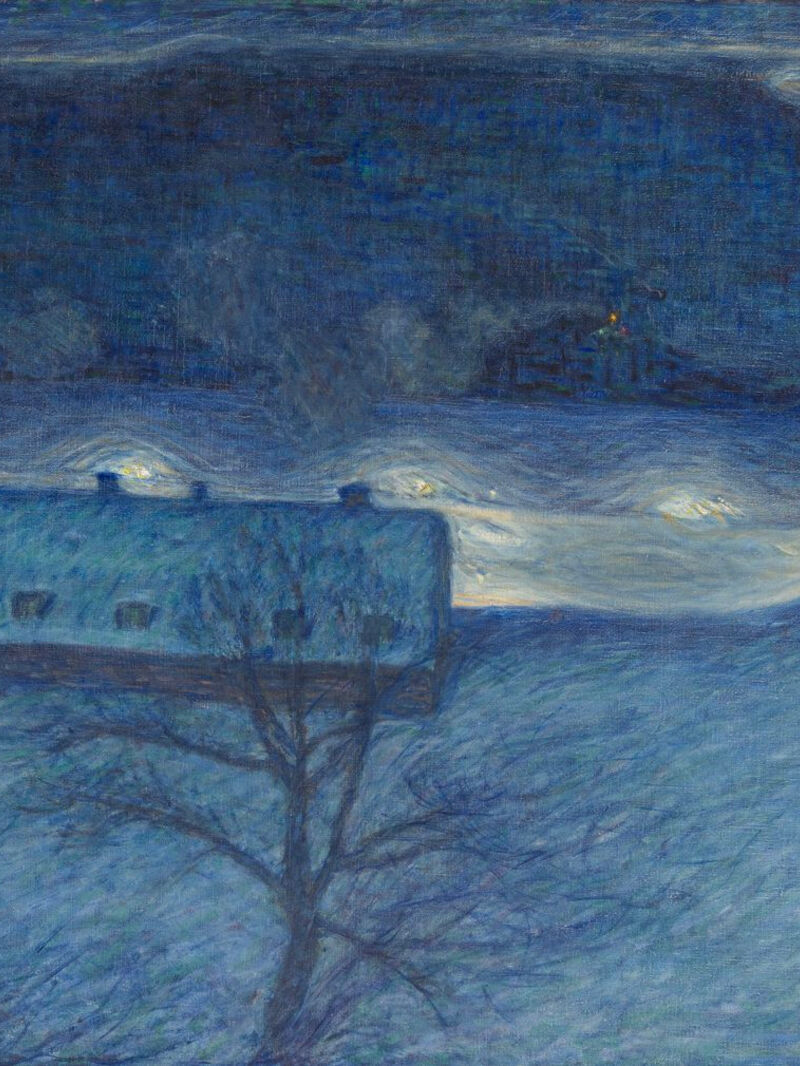 Celebrating the cycles of light and dark with Joan Didion, Danez Smith and more...
Celebrating the cycles of light and dark with Joan Didion, Danez Smith and more...